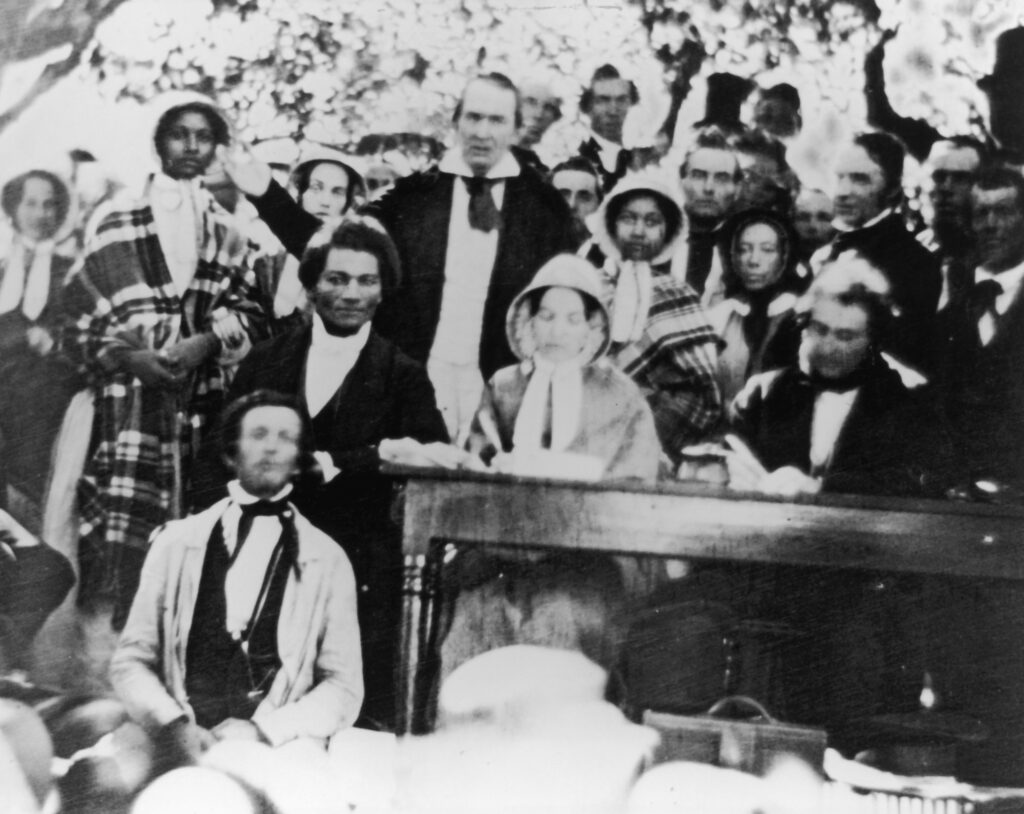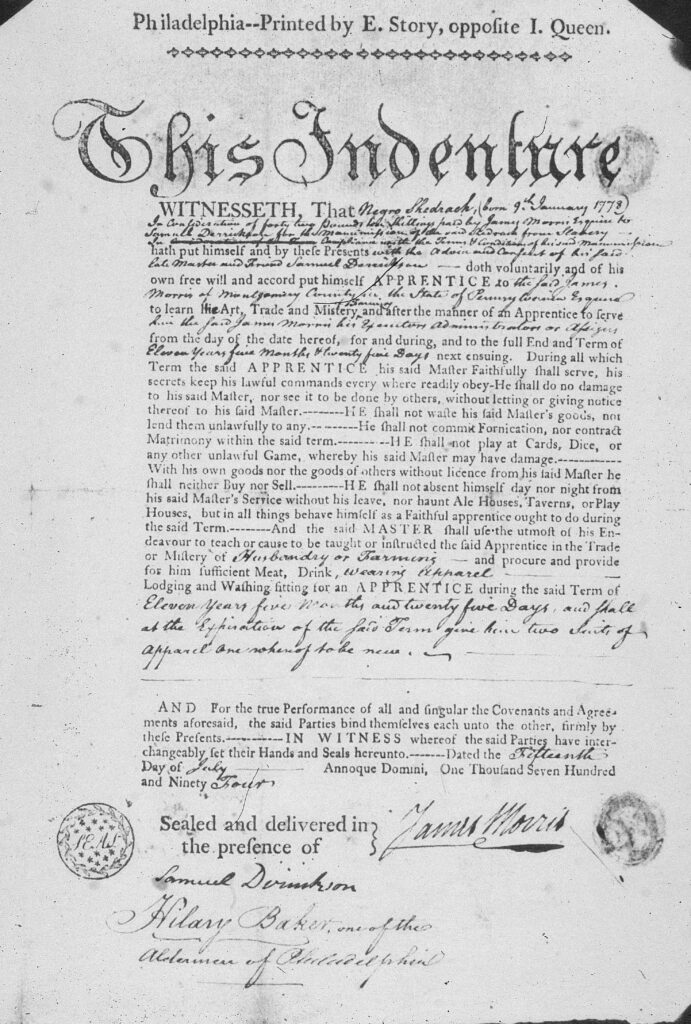Bound by Debt
Indentured servitude shaped 19th-century labor on the West Coast, impacting European immigrants, Native Americans, and some freed African Americans. Though seen as temporary, it was deeply exploitative and persisted beyond slavery’s abolition, influencing labor systems in California, Oregon, and the western frontier.

The history of indentured servitude on the West Coast, particularly in the 19th century, represents a lesser-known but crucial aspect of labor exploitation in early America. While the institution of slavery is often discussed in the context of the U.S. South, indentured servitude played a significant role in shaping labor systems in California, Oregon, and other parts of the western frontier. This system of temporary servitude provided a way for many European immigrants, Native Americans, and even some freed African Americans to work off debts or gain passage to the New World. However, it was also deeply exploitative and continued long after the formal abolition of slavery.
Origins of Indentured Servitude on the West Coast
Indentured servitude first became common on the East Coast during the 17th and 18th centuries. Poor immigrants, particularly from Europe, would sign contracts pledging several years of labor in exchange for passage to the American colonies. This system provided a relatively cheap labor source for plantation owners and other landholders while offering impoverished Europeans a chance to escape hardship at home.
However, by the 1800s, as the United States expanded westward following the Louisiana Purchase and the California Gold Rush, the demand for labor on the West Coast grew exponentially. The infrastructure needed to sustain growing populations and the industries that emerged in this period—particularly mining and agriculture—relied on cheap and exploitable labor. This need helped revive the indentured servitude system in places like California and Oregon.
The California Gold Rush and the Rise of Indentured Servitude
The Gold Rush of 1848 brought an influx of people to California from across the world. Prospectors from Europe, Asia, and Latin America arrived with hopes of striking it rich. However, the harsh realities of life in the mining camps meant that many found themselves in financial ruin, and some had little choice but to enter into contracts of indenture.
While many European immigrants voluntarily signed these contracts, indentured servitude was not limited to voluntary participants. Many Indigenous people and Chinese laborers were coerced into servitude, with their labor essential to building the railroads, working the mines, and maintaining the booming agricultural economy.
Contemporary newspapers of the time occasionally reported on the abuses faced by indentured servants in California. For example, The Sacramento Daily Union ran a story in 1852 on the conditions faced by Chinese laborers, revealing that many of them had been “tricked” into signing contracts, only to find themselves trapped in exploitative conditions upon their arrival in the United States.

The “Coolie Trade”
A significant population that fell victim to indentured servitude on the West Coast was the Chinese community. The term “coolie,” a derogatory name used for Asian laborers, was commonly employed to describe the Chinese workers who were forced into this system.
The arrival of Chinese laborers in the mid-1800s was initially driven by the labor demands of railroad construction and mining. While some Chinese workers voluntarily migrated, many were misled or kidnapped and forced into indentured servitude, signing contracts that tied them to abusive employers for years. They were often paid little to nothing and worked under harsh conditions, with employers threatening violence or deportation if they resisted.
The California State Legislature quickly took note of this practice and passed laws to curtail the abuse. However, these measures were rarely enforced, and many employers found loopholes to continue the exploitation of Chinese workers. The San Francisco Bulletin reported extensively on the conditions of Chinese laborers in the 1860s, documenting both the growing tensions between Chinese immigrants and white settlers and the abuses faced by Chinese workers at the hands of their employers.
Native American Indentured Servitude
One of the most troubling aspects of indentured servitude on the West Coast was its application to Native Americans. The California government passed laws, such as the 1850 Act for the Government and Protection of Indians, that allowed for the indenture of Native Americans, particularly children. Under this act, Native Americans could be legally seized and forced into labor contracts by settlers.
The legislation was part of a broader pattern of state-sponsored violence and oppression against Native American communities. White settlers were allowed to “apprentice” Native American children, often taking them from their families, while adults could be “bound out” as laborers for vague or fabricated infractions, such as vagrancy. As a result, many Native Americans found themselves forced into long-term labor arrangements in agriculture and domestic work, under conditions that often resembled slavery.
Contemporary accounts from The Alta California, a prominent newspaper in San Francisco, provide insight into how widespread and abusive this system was. In an 1862 report, the newspaper described the “unlawful bondage” of Native American laborers, detailing instances where entire families were separated, and young children were sold to ranchers for lifelong servitude.
Indentured African Americans on the West Coast
Though California was admitted to the Union as a free state in 1850, the lines between slavery and indentured servitude were often blurred, particularly for African Americans. Some Black settlers in California were forced into servitude under the guise of contracts. Free Black residents and formerly enslaved people who had fled the South often found themselves in a precarious legal position.
In some cases, African Americans who had completed their indenture in the eastern states and had come to California in search of new opportunities were re-enslaved by unscrupulous employers. While formal slavery was technically illegal, contemporary reports show that Black men and women often had little legal recourse against those who abused their indenture contracts.
One infamous case reported by The San Francisco Herald in 1855 involved a Black family that had been forced into indentured servitude by their former master, despite being freed by law. Public outcry eventually led to their release, but the incident highlighted how African Americans on the West Coast continued to face labor exploitation well after the abolition of slavery.
The Nadir of Indentured Servitude
Indentured servitude on the West Coast began to decline in the late 19th century, as the legal frameworks supporting such practices were dismantled, and as labor movements began to push for better working conditions. The arrival of new waves of immigrants also shifted labor dynamics, with European and Asian immigrants increasingly opting for wage labor rather than servitude contracts.
The rise of anti-Chinese sentiment in the late 1800s, culminating in the Chinese Exclusion Act of 1882, played a significant role in reducing the practice of Chinese indentured servitude. As Chinese immigration was curtailed, the demand for indentured labor declined, and employers increasingly sought new sources of cheap labor, such as Japanese and Mexican immigrants.
Indentured servitude on the West Coast was a complex and exploitative system that affected many different communities, from Chinese immigrants and Native Americans to African Americans and poor European settlers. Though it is often overshadowed by the more familiar history of slavery in the South, indentured servitude shaped the early labor landscape of the West Coast, leaving behind a legacy of exploitation and resistance.




